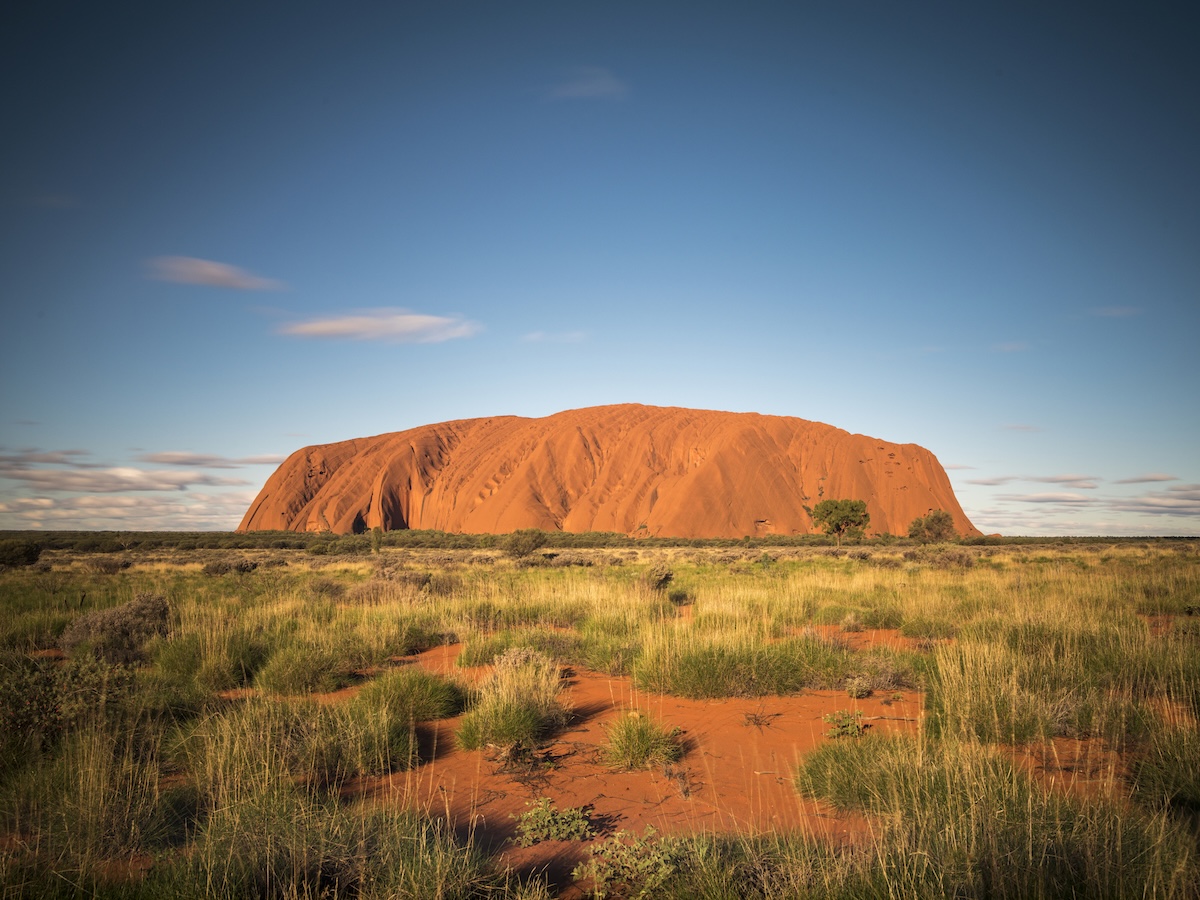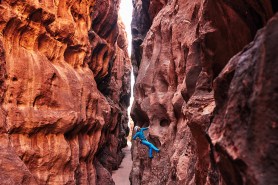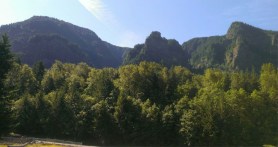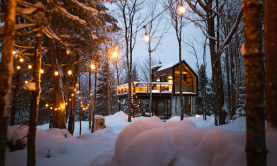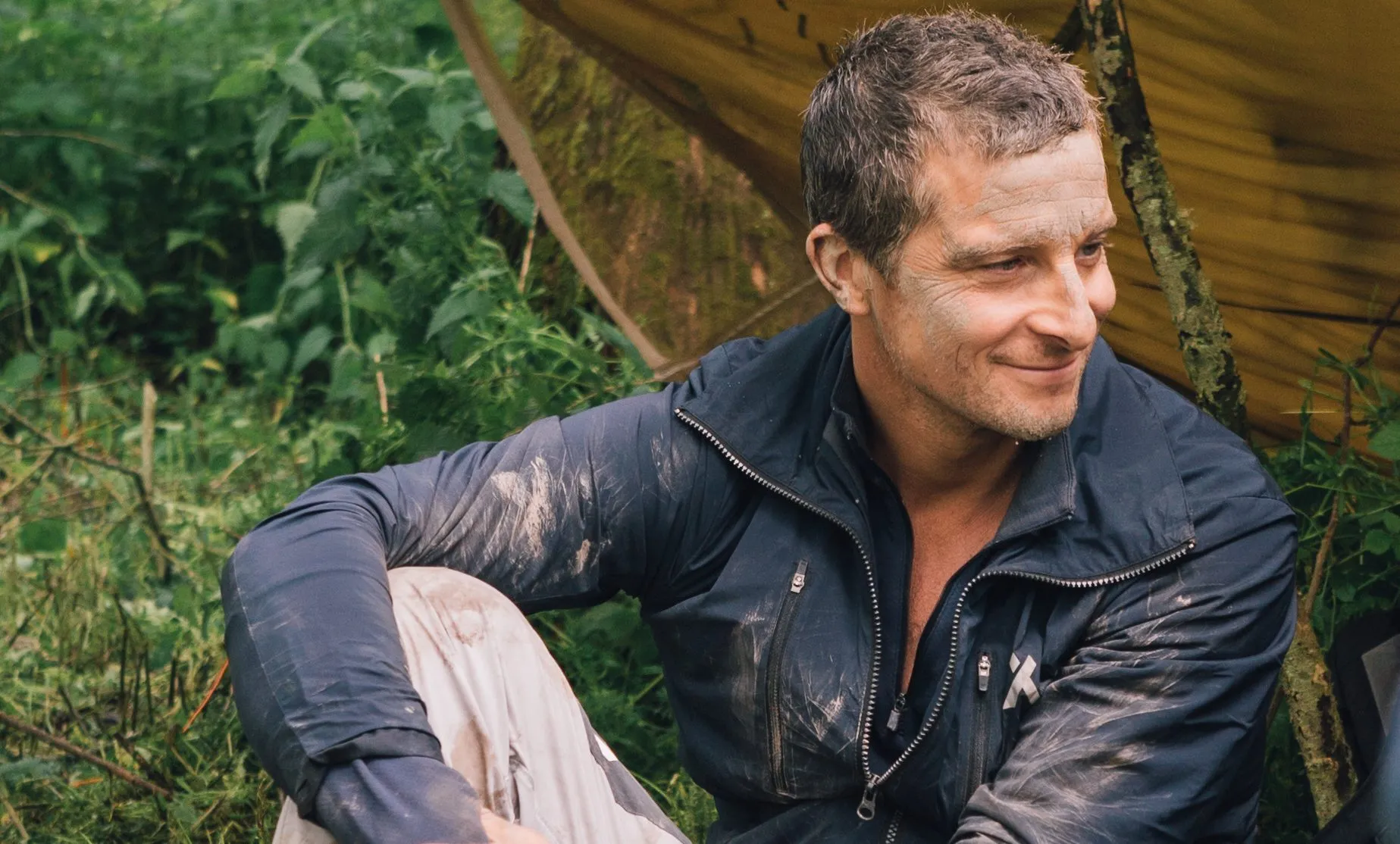

Quicksand can be found anywhere that water and sand meet—by the sea, along river banks, near lakes and marshes. It’s composed of loose sand that’s fully saturated and therefore suspended in water. So when something heavier—like your body—displaces it, it can create a suction and the heavier thing (you) will begin to sink.
Videos by Outdoors
The good news is that you won’t likely drown in quicksand, says Bear Grylls, unlike in movies where people get sucked under the surface. Quicksand is twice as dense as the human body, so you will probably only sink to your waist or your chest at most.
But it can kill you: If the tide comes in or a flash flood starts, you can drown, or if you just can’t get out, you can die of exposure. Here’s what Bear says to do if you find yourself mired in quicksand.
Don’t panic or move suddenly
The golden rule if you get stuck is to avoid panicking and flailing around, as when you disturb quicksand, it causes it to become more liquid and you will only sink deeper. Keep calm, control your breathing and keep your movements slow.
“Disturb it more violently and it becomes more viscous, more difficult to escape. That means that the more you fight it, the more it resists you,” says Bear in How to Stay Alive. “Each time you pull up your leg, you’ll find that suction drags it back down again. You won’t drown, but you will be stuck.”
If you’re stuck and have a companion with you, it’s tempting to grab their outreached hand—but do not do this.
“Unless you have no other option, that’s not a good move,” says Bear. “Firstly, you risk dragging the other person into the quicksand, which will mean two of you in the same situation. Secondly, it’s easy to dislocate a shoulder if your companion is pulling you one way and the quicksand is pulling you another.”
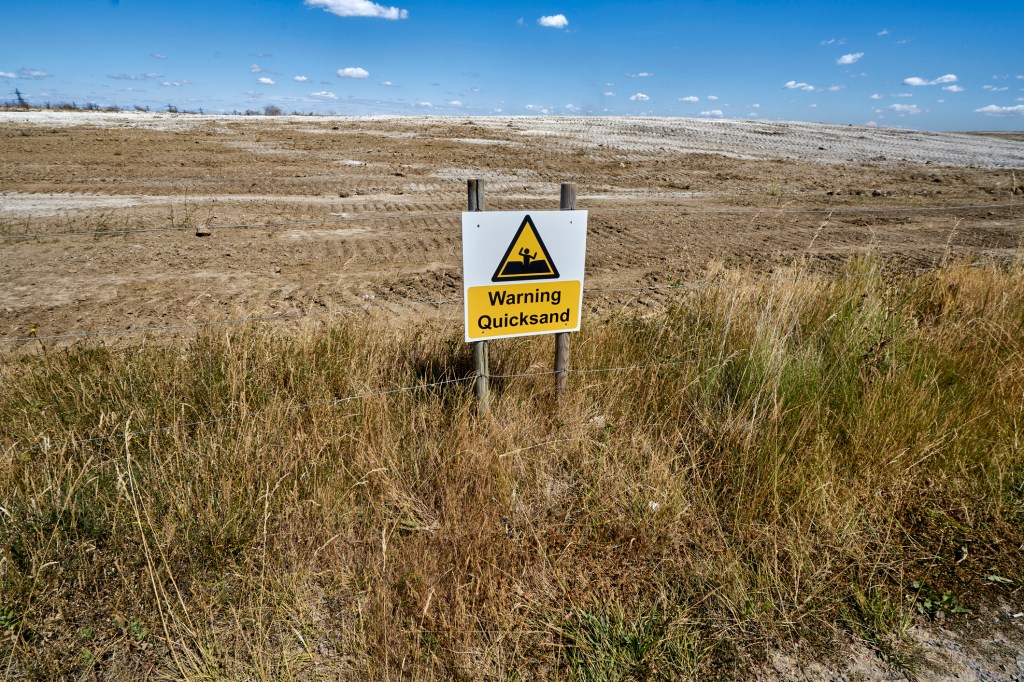
Make yourself bigger
Apart from not struggling, you’ll want to prevent yourself from sinking deeper before you worry about getting out.
“Make yourself big. Spread your arms out, doing everything you can to keep them above,” says Bear.
If you have a backpack and can loosen it, lay that in front of you and try to wiggle on top of it, almost like a floatation device, to help spread your weight.
Use climbing and swimming skills
“Take your time and be patient. It is multiple small, slow, controlled, correct movements that will eventually allow you to escape,” says Bear, who demonstrated his quicksand survival guide in Man vs Wild.
Wiggle your legs gently, to create a small space between your legs and the sand that water can seep into and below. This will loosen the quicksand and allow you to slowly work your way to the surface. Every time you move your foot up an inch or two, allow a few seconds for the space you’ve evacuated to fill with quicksand again. This can be a very slow process.
Next, maneuver your chest on to the surface of the quicksand, as if you’re about to do the breaststroke. You’re spreading your weight, which means you shouldn’t sink. Continue gradually easing your legs out. When your legs are free, you should be able to crawl over the surface of the quicksand to the edge.
Employ the buddy system
If there’s someone with you, ask them to get a strong stick. You can lay this flat on the surface of the quicksand and use it to help maneuver your limbs and body onto the surface.
If they have a rope, they can tie it to a tree, or around themselves then sit down to act as an anchor. Put one arm through the rope so that it’s loose across your chest and pull yourself up using this.
Clean yourself off
Even once you’re free, you aren’t out of the woods (so to speak). It’s vital that you get your clothes off and get rid of as much sand as possible before continuing on your way.
Your feet, groin and armpits will be covered with thick, wet, abrasive mud and sand and if you try to walk anywhere, the sand will rub your skin raw. This can lead to rashes, boils and infection.
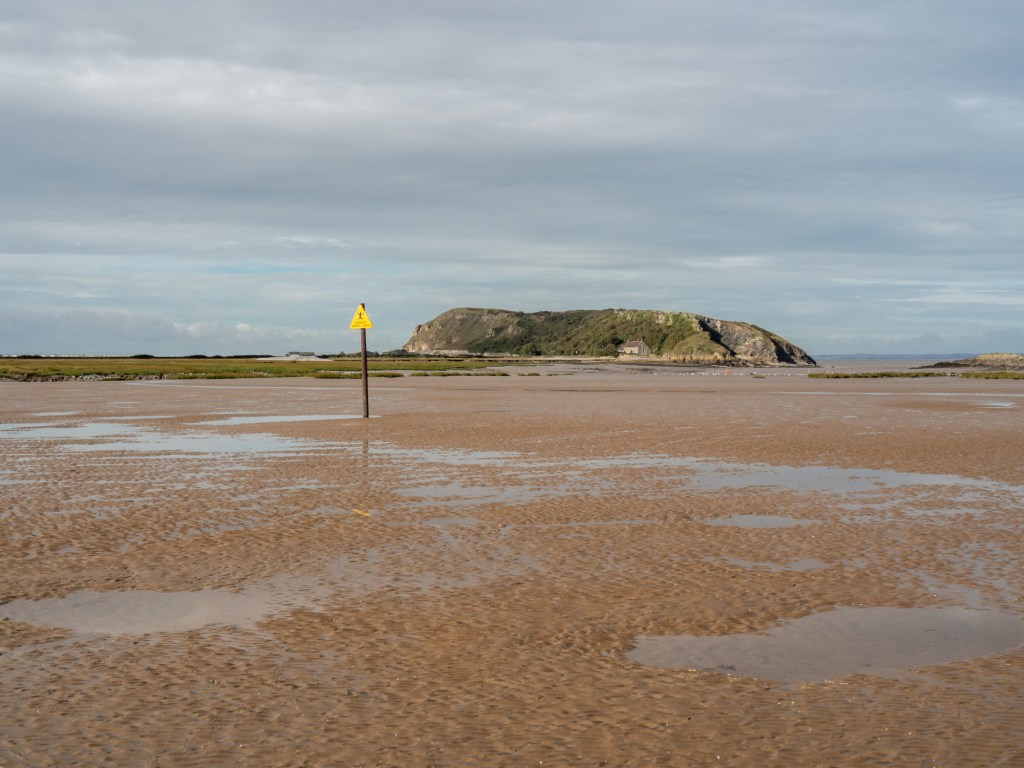
Try to wash your clothes in a river. If you’re in the desert, get your clothes back on quickly for protection from the hot sun.
Avoid quicksand in the first place
Stay on alert when you are in quicksand danger zones such as tidal flats, river banks, lakes, swamps and marshes. Areas with underground springs, including desert areas, can also have quicksand.
Pay close attention to the ground, watching for water bubbling up or ripples along an otherwise flat surface. Get a thick stick and prod the terrain ahead of you as you go along. If the ground gives way, take another way around.
More from Bear Grylls:
- How to Make a Toothbrush in the Wild
- Driving in the Snow
- How to Build Shelter in a Forest
- How to Survive Sub-Zero Temperatures
- What to do If You’re Bitten by a Snake
- How to Navigate Without a Compass
- How to Deal with Injuries in Survival Situations
- How to Find Water in the Mountains
- Making Shelter in the Snow
- Priorities of Survival
- How Bear Grylls Lights a Fire

